-

3-(Cylohexylamino)-1-propanesulfonicacid CAS:1135-40-6
3-(Cyclohexylamino) -1-Propanesulfonic acid is an organic compound also known as CAPS. It is a ternary amine structurally related to ethanolamine. CAPS is a buffer that can be used in biochemistry and molecular biology experiments.
-
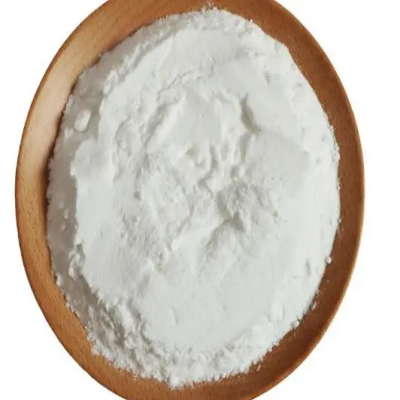
3-chloro-1-propyn CAS:624-65-7
3-Chloro-1-propyne is an organic compound with the formula C3HACl. It is a colorless liquid with a pungent odor. It is commonly used in organic synthesis and chemical research.
-
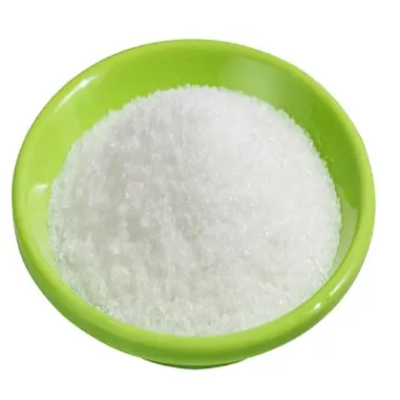
3-(1-pyridinio)-1-propanesulfonat CAS:15471-17-7
3-(1-Pyridinio)-1-propanesulfonate is a chemical compound (C8H10NO3S) utilized in diverse industrial sectors. It contains a sulfonate group attached to a pyridinium core, making it valuable for various applications.
-

1,4-Bis(2-hydroxyethoxy)-2-butyne CAS:1606-85-5
1,4-Bis(2-hydroxyethoxy)-2-butyne is a chemical compound (C8H14O4) utilized in diverse industrial sectors. It contains a butyne core with hydroxyethoxy functional groups attached, making it valuable for various applications.
-
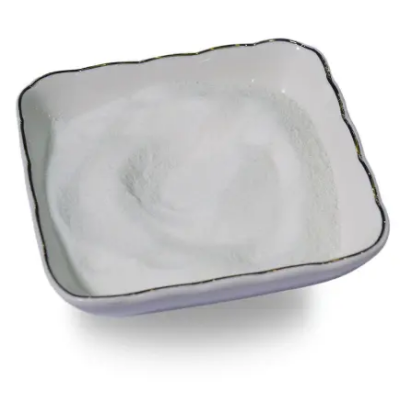
3,3′-Dithiobis-1-PropanesulfonicAcidDisodiumSalt CAS:27206-35-5
3,3′-Dithiobis-1-Propanesulfonic Acid Disodium Salt is a chemical compound with the molecular formula C6H10Na2O6S4. It belongs to the class of sulfonic acids, featuring two sodium ions and two thiol (-SH) groups attached to a propanesulfonic acid backbone. This compound is widely utilized in chemical synthesis and analytical chemistry due to its unique sulfonic acid functionality.
-
![1,3-bis[3-(dimethylamino)propyl]urea CAS:52338-87-1](https://cdn.globalso.com/xindaobiotech/6FOL1BS0UMD0X9Z402187.png)
1,3-bis[3-(dimethylamino)propyl]urea CAS:52338-87-1
1, 3-BIS [3-(dimethylamino)propyl]urea is an organic compound whose chemical form is C₁₀H₂₄N₄O. It is a white solid commonly used in organic synthesis and medicine.
-
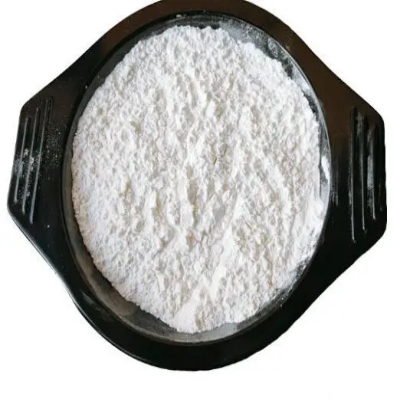
tert-Butyl ((2-hydroxycyclopentyl)methyl)carbamate CAS:1354957-79-1
Tert-Butyl ((2-hydroxycyclopentyl)methyl)carbamate, also known as compound X, is a versatile chemical compound extensively utilized across various industries, particularly in the realm of pharmaceuticals and agrochemicals. With the molecular formula C11H21NO3, this compound presents a unique structural configuration owing to the presence of a tert-butyl group, a hydroxylated cyclopentyl moiety, and a carbamate functionality. Its distinct molecular arrangement renders it a valuable intermediate in synthetic organic chemistry, serving as a cornerstone for the creation of diverse pharmaceutical and agricultural products. The strategic positioning of functional groups imparts desirable properties essential for drug design and crop protection.
-
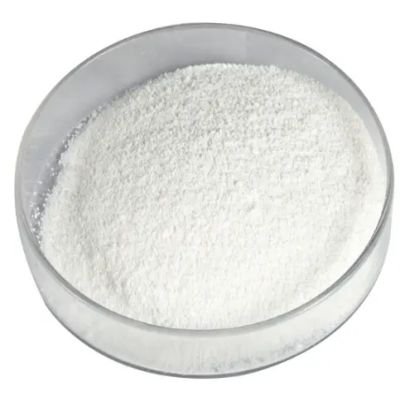
N-Acetylneuraminic Acid (Sialic Acid) CAS:131-48-6
N-Acetylneuraminic Acid, commonly known as Sialic Acid, is a vital chemical compound found in biological systems, particularly in glycoproteins and glycolipids. With the molecular formula C11H19NO9, it serves essential roles in cell signaling, immune response modulation, and pathogen recognition. Its presence on cell surfaces influences various physiological processes, making it a significant molecule in molecular biology and medicine. Sialic Acid’s structural diversity and biochemical functions contribute to its importance in understanding cellular interactions and developing therapeutic interventions targeting diseases related to its dysregulation.
-
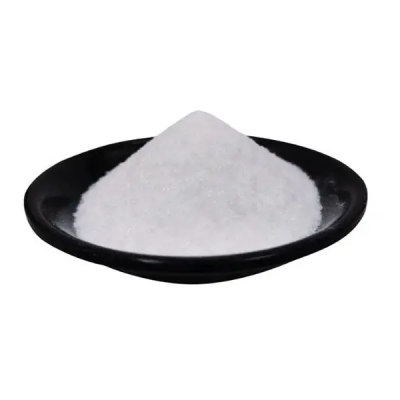
Teriparatide CAS:52232-67-4
Teriparatide is a recombinant form of human parathyroid hormone (PTH) used for the treatment of osteoporosis. With its molecular formula C181H291N55O51S2, teriparatide mimics the action of endogenous PTH, stimulating bone formation and increasing bone mineral density. Its unique mechanism of action promotes osteoblastic activity, leading to enhanced bone strength and reduced fracture risk in patients with severe osteoporosis. Teriparatide is administered via daily subcutaneous injections and represents a significant advancement in the management of osteoporosis, offering a targeted approach to improve bone health and reduce the burden of fragility fractures.
-
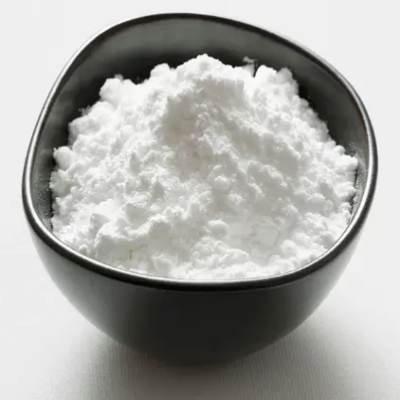
Sodium copper chlorophyllin CAS:28302-36-5
Sodium copper chlorophyllin is a water-soluble derivative of chlorophyll, a green pigment found in plants. It is commonly used as a food coloring agent and dietary supplement due to its natural source and potential health benefits. Sodium copper chlorophyllin is derived from chlorophyll through a process that replaces the magnesium ion with copper and adds sodium for improved solubility. With its vibrant green color and antioxidant properties, sodium copper chlorophyllin finds applications in food, cosmetics, and pharmaceutical products.
-
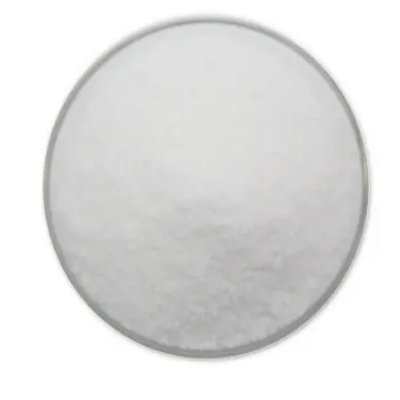
Pterostilbene CAS:537-42-8
Pterostilbene is a natural compound belonging to the stilbene family, closely related to resveratrol and found in blueberries, grapes, and other plants. It is recognized for its antioxidant and anti-inflammatory properties, making it a popular dietary supplement for promoting overall health and wellness. Pterostilbene is structurally similar to resveratrol but exhibits superior bioavailability and metabolic stability, enhancing its potential therapeutic effects. With its molecular formula C16H16O3, pterostilbene has garnered attention for its various health benefits and potential applications in preventive medicine.
-

methyl 4,5-difluoro-2-methylbenzoate CAS:1245515-60-9
Methyl 4,5-difluoro-2-methylbenzoate is a chemical compound renowned for its diverse applications in pharmaceutical and agrochemical industries. With a molecular formula C10H8F2O2, it exhibits unique properties owing to its fluorine substitution pattern on the benzene ring. This compound is commonly utilized as a key intermediate in the synthesis of various pharmaceuticals, particularly in the creation of novel drug candidates. Its strategic methyl and ester functionalities make it a versatile building block for medicinal chemistry research and development. Moreover, its fluorinated structure enhances its bioactivity and metabolic stability, contributing to its significance in drug discovery endeavors.

